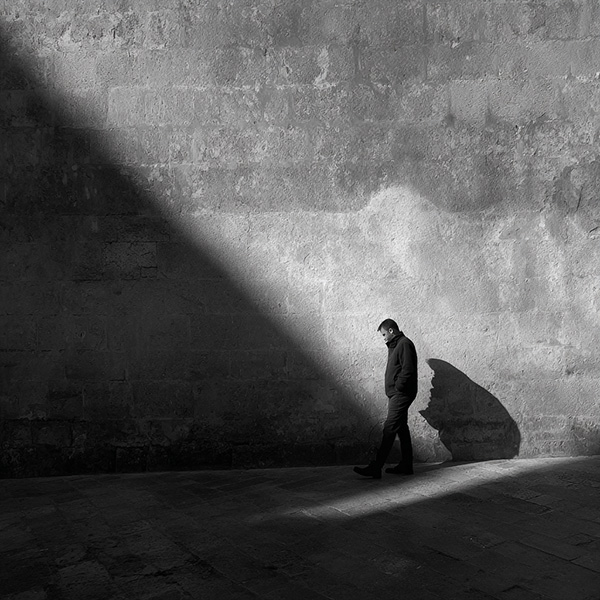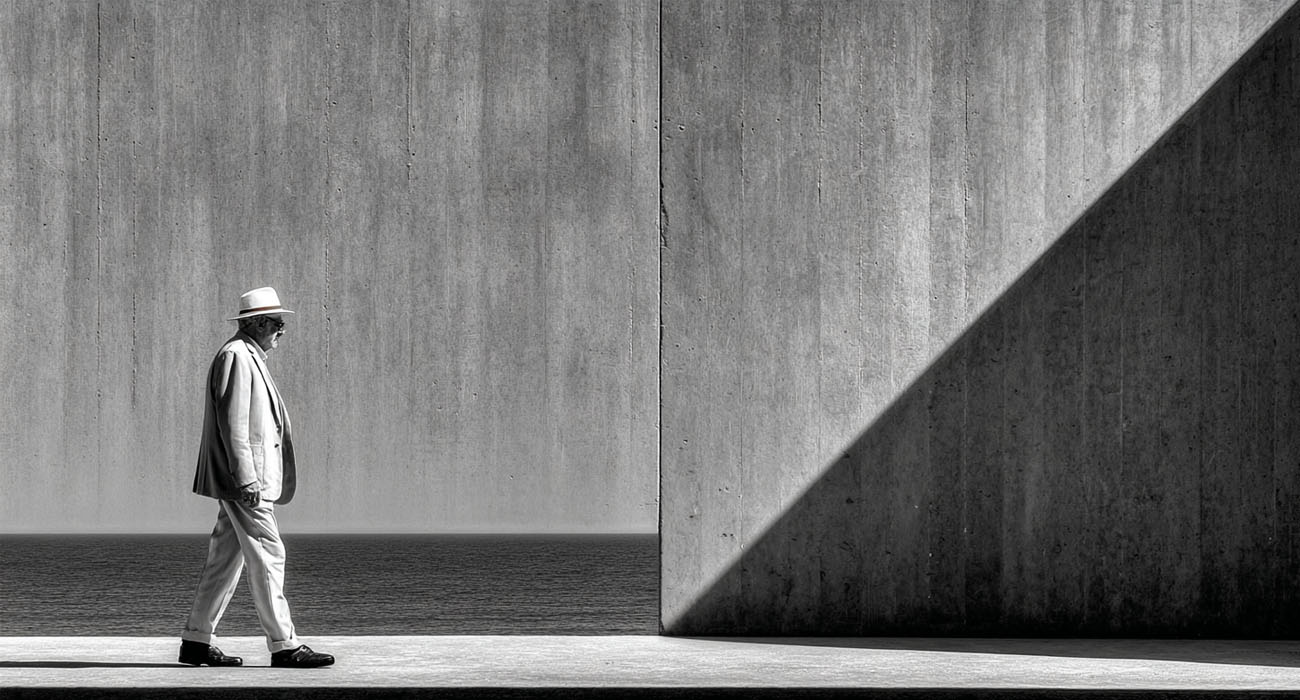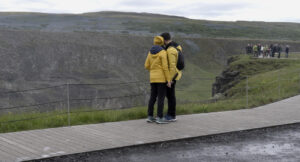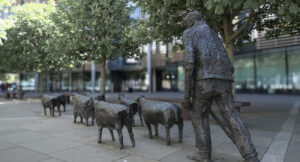The Streets as a Mirror: An Essay on Street Photography
For over two decades, I’ve walked through cities with a camera slung over my shoulder, drawn
not by the skyline, but by the quiet gestures unfolding at ground level—where human lives bump
into each other without script or warning. Street photography, to me, is less a genre and more a
discipline of attention. It’s about being radically present in a world that is constantly slipping past
us.
Street photography is often misunderstood as a hunt for the dramatic or the eccentric. But it’s not
about spectacle. It’s about noticing—really noticing—what most people overlook. A man waiting
in the rain, a woman shielding her face from wind-blown dust, a sudden shared glance between
strangers. These fleeting moments are the raw material. But the real craft lies in framing them with
clarity, respect, and an intuitive sense of visual rhythm.
People often ask: “What do you look for?” The honest answer is—nothing, and everything. The
beauty of this practice is that it requires you to not have a fixed idea. When I’m on the street, I
shed expectations. I tune into the light—how it scrapes along a wall or cuts between buildings. I
notice shapes and movement, reflections in shop windows, patterns in how people walk, the
repetition of colors in clothes, signs, shadows. The street offers infinite compositions. It’s a kind of
visual jazz: improvisation rooted in structure.
There’s also a myth that street photography must be candid, that interaction dilutes the purity of
the form. I don’t entirely agree. Sometimes, a look into the lens can be more powerful than
anonymity. The key is not whether a moment is staged or unplanned, but whether it feels true.
What matters is whether the photograph still holds the energy of the original moment—the
tension, the humor, the melancholy.
Much of my own work comes from waiting. I return to the same corner, the same café window,
the same subway entrance over and over. I learn its rhythms, its moods. I don’t go out “to shoot.”
I go out to see. And when the right alignment happens—gesture, light, setting—it’s like a bell
rings. You feel it before you even raise the camera. It’s instinctive, physical.
Street photography, at its best, is free from assignment or agenda. Unlike documentary
photography, which often seeks to explain, street photography suggests. It leaves space for the
viewer. The meaning isn’t fixed; it lives somewhere between the frame and the imagination. One
photograph may tell a story. Another may simply evoke a feeling. Both are valid.
I’ve found that meaning in my own work often emerges only in retrospect. You shoot for years,
following impulse, and then, looking back, themes begin to surface—loneliness in crowds, the
repetition of routine, the architecture of waiting. These threads are unconscious. You don’t go out
looking for them. But they find you, and eventually, you learn what you’ve been chasing all along.
In recent years, I’ve come to believe that street photography isn’t even limited to the street.
Airports, elevators, backyards, office lobbies—anywhere the unscripted flow of human life unfolds
can be a site of discovery. What matters is not the location but the mindset. A street photographer
sees with a kind of democratic eye—nothing is beneath attention.
The camera, in this practice, is not a weapon. It’s a tuning fork. It helps us find resonance in the
chaos. That’s why I keep coming back to it—not just to document the world, but to stay
connected to it. To remind myself, again and again, that life is happening right now, and that
even in the most ordinary moment, there is beauty, absurdity, mystery.
And perhaps that’s what makes street photography so enduring. It doesn’t ask the world to pose
or to perform. It simply asks us to look—carefully, curiously, and without judgment. That alone, in
this age of speed and distraction, is a radical act.






